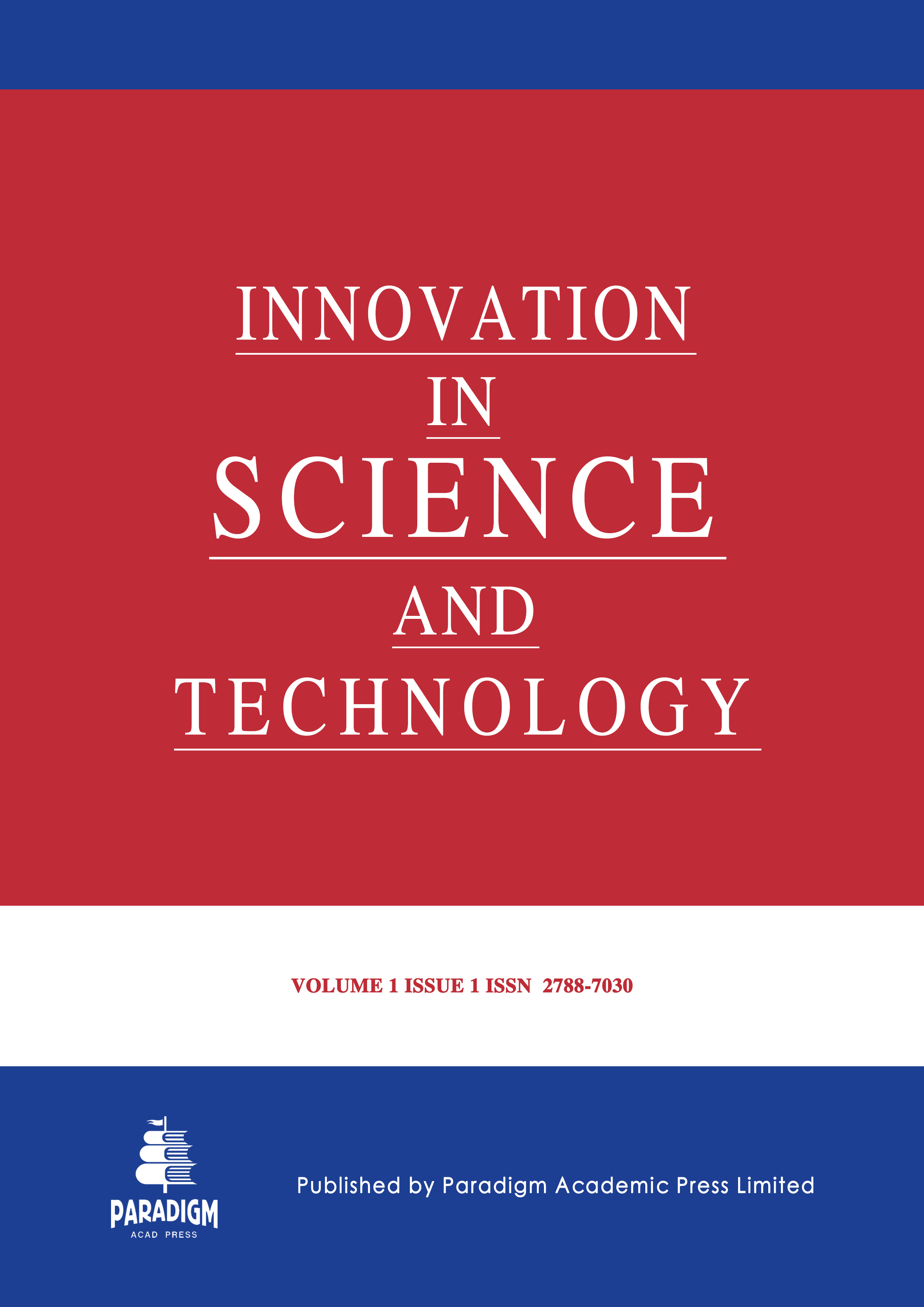Time Series Analysis — Analysis and Prediction of Monthly Mean Temperature in Baotou City
Keywords:
time series analysis, seasonal ARIMA model, R language, monthly mean temperature in Baotou CityAbstract
This paper analyzes the monthly average temperature of Baotou City from January 1, 1973, to December 31, 2022. The data comes from the R language worldmet dataset, with 600 data. Observing the time series chart shows the data have obvious periodicity and seasonality, and there is no trend. The order ARIMA(1,0,1) s determined by observing the ACF and PACF diagrams, but since there is a trend term of AR, a difference is added to get P=1, D =1, Q=1. By comparing the AIC, BIC and σ^2 values of ARIMA(1,0,1) and ARIMA(1,0,1) , the residual analysis diagrams are observed. The residual analysis diagrams are not very different, which reflects that the residual is white noise. The AIC, BIC and σ^2 values of the former are all smaller than those of the latter, so the time series model is determined as ARIMA(1,0,1) , and the expression is, .
Where represents the predicted value at time point t, and represent the original observed value at time point t-1 and t-12, respectively, and and represent the residual term at time point t-1 and t-12, respectively. The model takes into account the seasonality and trend of meteorological data and can fit the data well and make future temperature predictions. After residual analysis and model selection, the prediction effect of this model is good, the error is small, and it can provide a certain reference value. However, there may be shortcomings such as seasonal effects on forecast accuracy, which raises the need to improve models and study more meteorological data features. In general, meteorological data prediction based on time series analysis is an important research field, and more in-depth research and exploration are needed in the future to improve the prediction accuracy and provide better support for decision-making in the field of meteorology and climate.


